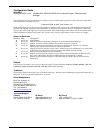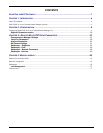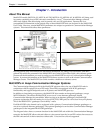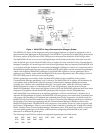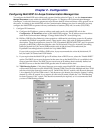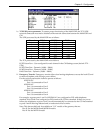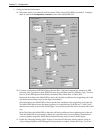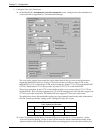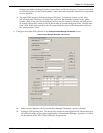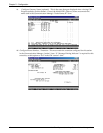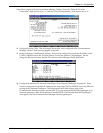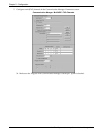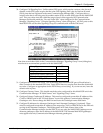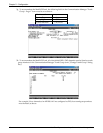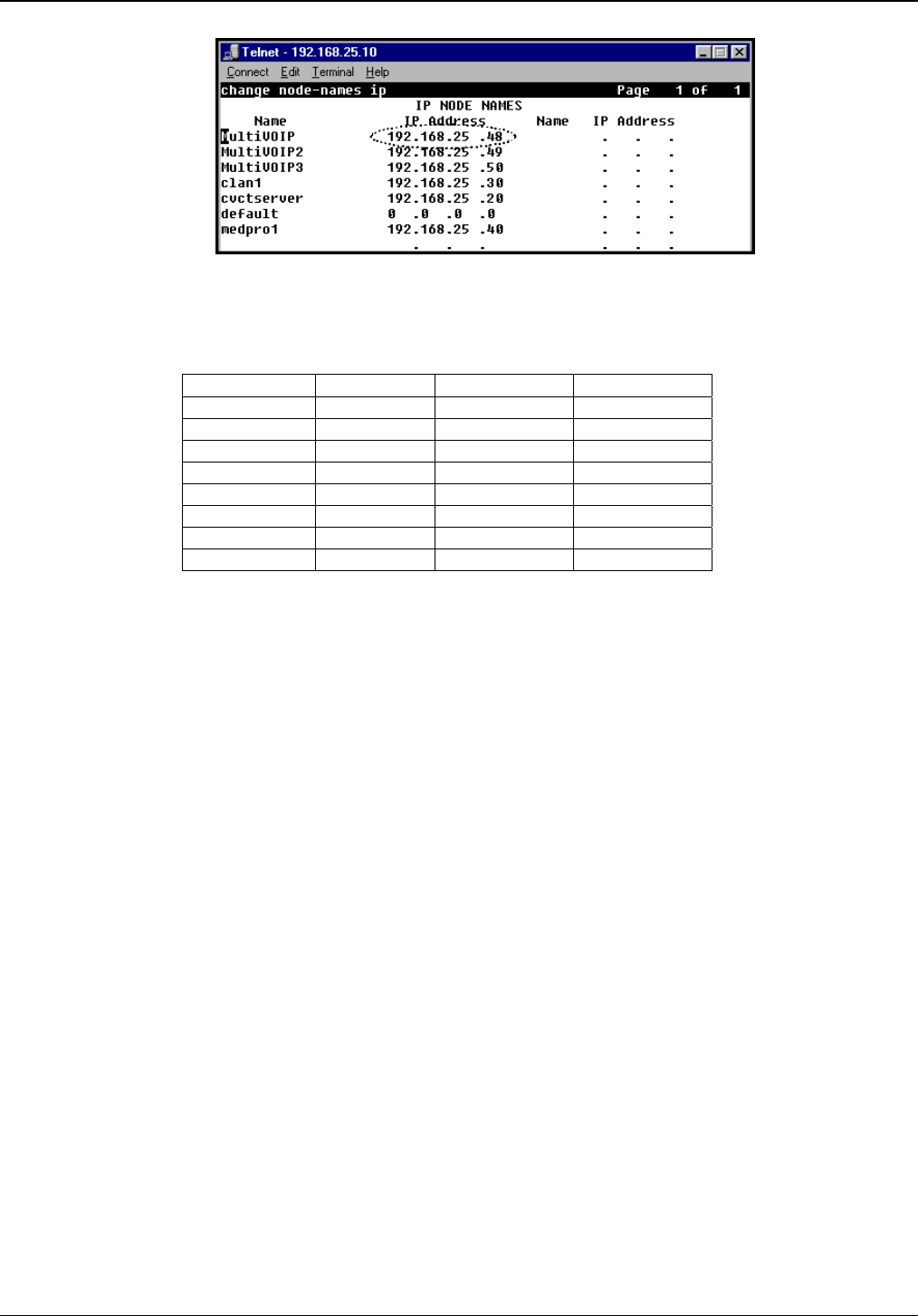
Chapter 2 - Configuration
Multi-Tech Systems, Inc. Avaya Communication Manager Guide 7
1e. TCP/UDP port requrements. To ensure proper functioning of the MultiVOIP, the TCP/UDP
network connection must not be blocked on the network connection between the MultiVOIP and
CM.
The UDP ports used by the MultiVOIP are as follows:
Channel RTP Port RTCP Port T38 Port
1 5006 5007 5008
2 5016 5017 5018
3 5026 5027 5028
4 5036 5037 5038
5 5046 5047 5048
6 5056 5057 5058
7 5066 5067 5068
8 5076 5077 5078
The TCP ports used by the MultiVOIP are as follows:
H.225 Listen Port – User configured for each channel in the CM Settings screen (default 1721 –
1728)
H.225 Client Port – Dynamic (16000 – 20000)
H.245 Listen Port – Dynamic (16000 – 20000)
RAS Client Port – Dynamic (16000 – 20000)
1f. Emergency Transfer. Emergency transfer allows local analog telephones to access the local CO and
to answer telephone calls during a power failure.
For the various products the features operate as follows:
MVP210-AV
Port 1 is connected to Port 2
MVP410-AV
Port 1 is connected to Port 2
Port 3 is connected to Port 4
MVP810-AV
Port 1 is connected to Port 2
Port 3 is connected to Port 4
For example, suppose ports 1 and 3 of MVP410-AV are configured as FXS with telephones
attached. Ports 2 and 4 are configured as FXO trunks with CO lines attached. If there is a power
failure, the telephones on ports 1 and 3 would automatically be connected to the CO lines attached
to ports 2 and 4 allowing inbound and/or outbound call to be make.
Note: This feature shall only be available on “AV” models of the gateway that are:
Rev B: For the MVP410 and MVP810 models
Rev B: For the MVP210 model




